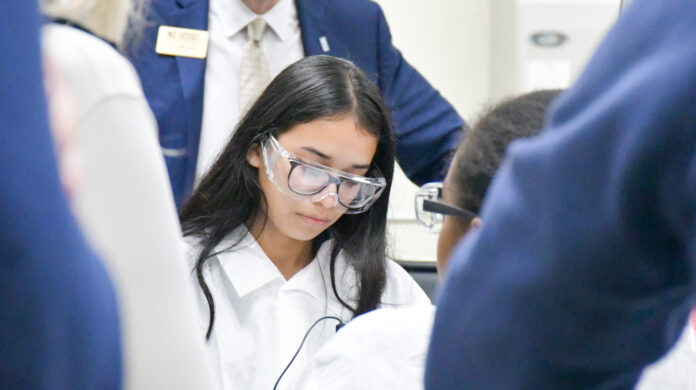This story was originally published by Community College Daily.
There are anecdotal stories about how wraparound services — from child care and transportation, to mental health and academic and career counseling — are helping to keep community college students enrolled and on a path to completion. Now, the Federal Reserve Bank of Richmond (Richmond Fed) wants to take a closer look at what wraparound services public two-year colleges provide, as well as the barriers that prevent them from adding additional services.
The Richmond Fed’s stand-alone survey is an offshoot of its broader community college survey, which launched in 2021 as a 10-college pilot and last year included 121 institutions in its five-state service area (Maryland, South and North Carolina, Virginia and West Virginia).
The regional bank in 2024 included a short survey regarding wraparound services as part of its overall survey, but there has been such great interest on the topic — especially coming out of the COVID-19 pandemic — that it decided to have a separate survey this year and to include all community colleges, not just those in its service area, according to Laura Ullrich, director of the Richmond Fed’s Community College Initiative.
And it’s not just individual community colleges that are interested, Ullrich said. Funders would like to see data on whether the services make a difference. State systems and associations also want to get a better grasp of what their colleges offer and how the efforts are funded.
“We’re eager to get it to as many schools as we can just to see as a trial test what kind of data we get back,” Ullrich said.
The survey, which will be available later this month, will ask basic questions about what services colleges offer, and it doesn’t involve complicated data analysis like the Richmond Fed’s main survey, she said. It should take student services professionals 10 to 15 minutes to complete.
What the 2024 data showed
Last year’s survey data yielded some interesting findings. For example, many colleges couldn’t provide some of the wraparound services that they felt their students needed most because of the cost, Ullrich said.
The findings also showed that colleges typically use a combination of sources to pay for the services, including federal and state grants, private donations and foundations, partnerships with local organizations, and others, according to a bank brief. State systems and associations are particularly interested in how colleges leverage these resources to provide the services, Ullrich said.
The long-term goal of the new survey is to link the findings to additional data on student and institutional outcomes to gauge how the services impact student enrollments and other measures, Ullrich said. But it will take a few years to align the data, she added, which can be complicated because students accessing such services typically want to be anonymous.
“We’re eager to push it out and see what kind of response we get from schools, and also see what kind of response we get from the stakeholders about the data,” Ullrich said.
Notice: JavaScript is required for this content.
